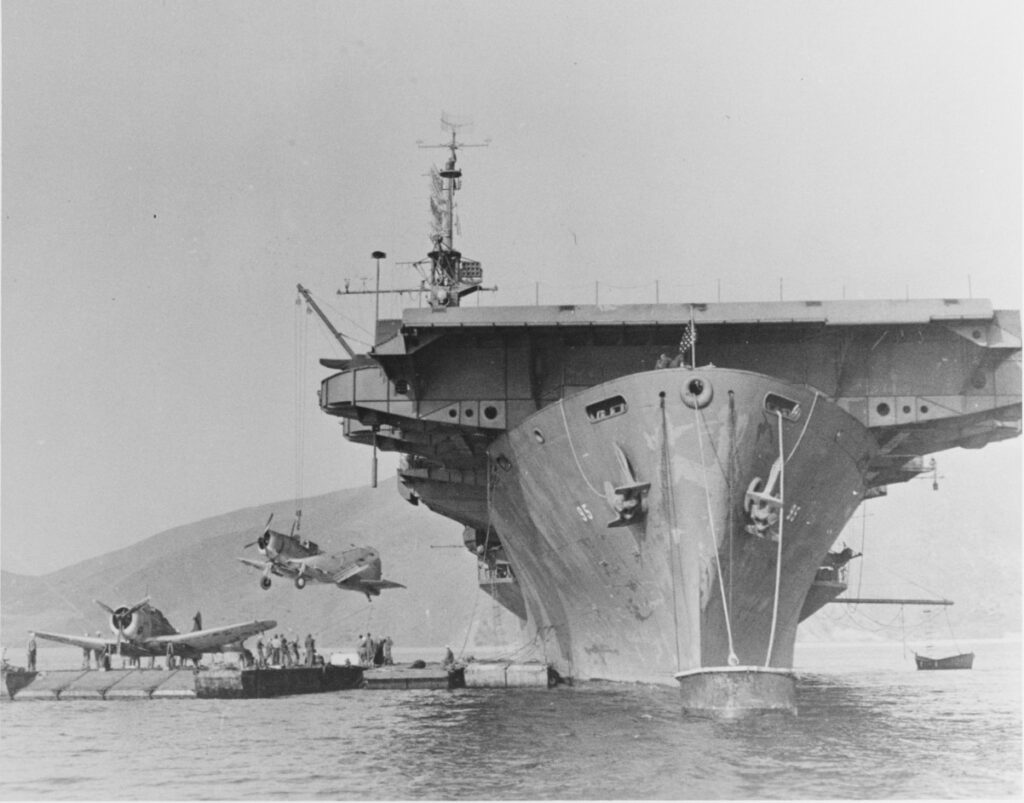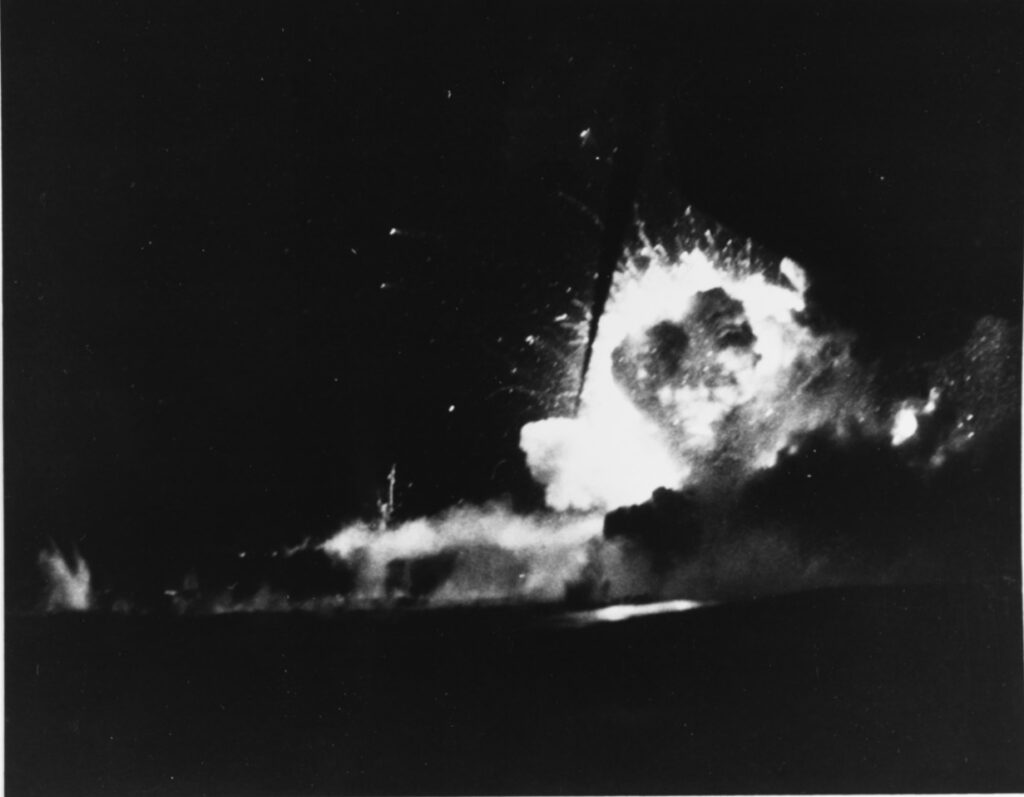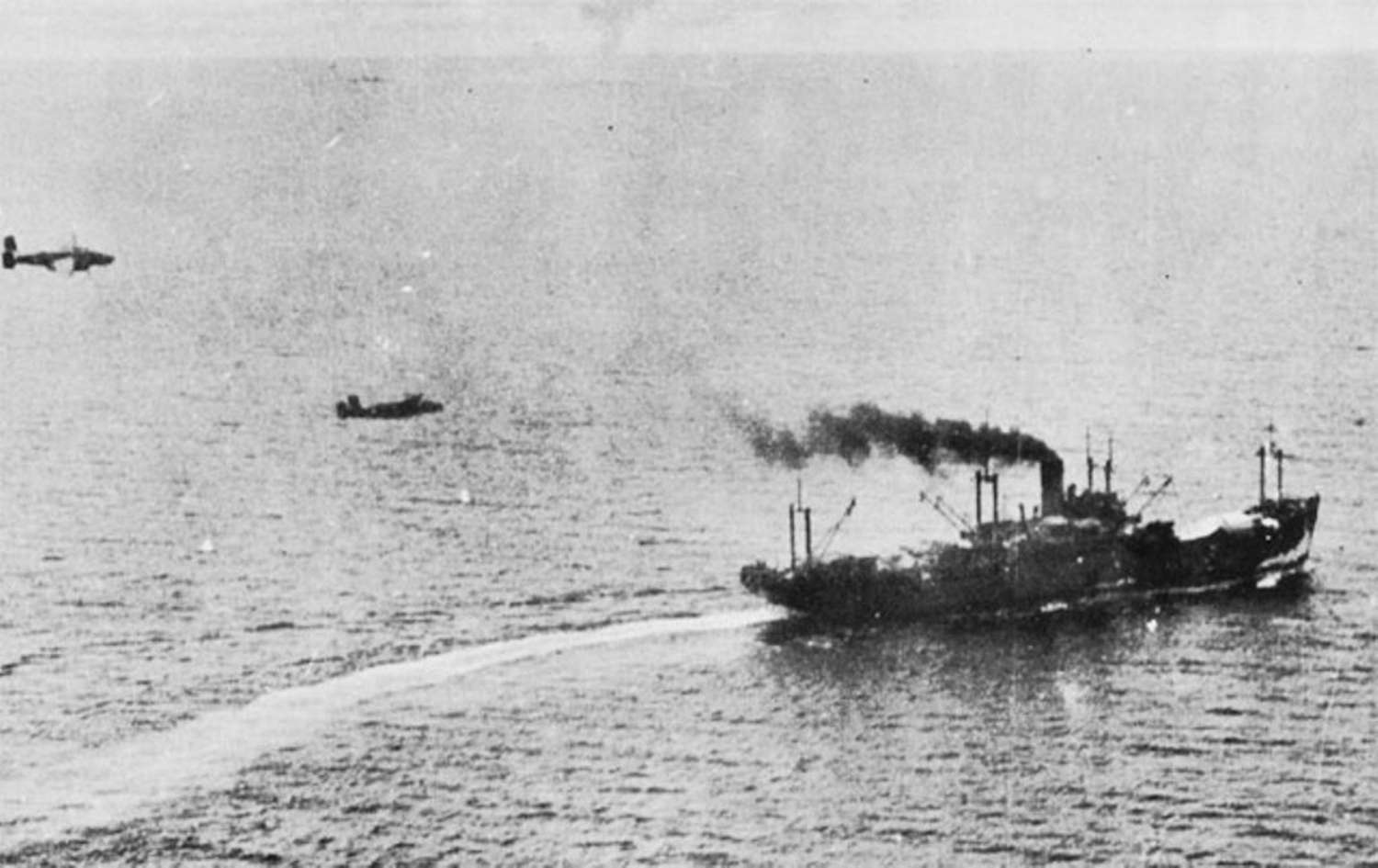As 1942 turned to 1943, a victorious end to World War II in the Pacific Theater was still far from assured for either side of the conflict. The Allies were celebrating a string of strategic victories over the course of the previous year. After the devastation of Pearl Harbor, the Americans scored a major victory against the Imperial Japanese Navy at the Battle of Midway in June 1942. A few months later, U.S. forces launched the Solomon Islands campaign, invading Guadalcanal and its strategic airfield.

The Crucial Moments of the Battle of the Bismarck Sea
The Japanese, of course, suffered a string of setbacks. A joint Australian and American force pushed back Japan’s offensive on the Kokoda Trail on New Guinea, the losses it suffered at Midway were not replaceable and by February 1943, the Japanese Army would be forced to abandon Guadalcanal. The Japanese Imperial Staff knew it needed to reinforce its positions in New Guinea, which was fighting in some of the most grueling swamp, mountain, and jungle conditions of the entire war.
They decided to send a convoy of 6,900 troops, along with supplies and fuel, from Rabaul on the island of New Britain to Lae on mainland Papua New Guinea, a distance of 472 nautical miles, which should have taken around five days to traverse. On February 28, 1943, the convoy of eight destroyers, eight troop transports and 100 aircraft set out for Lae.

Unfortunately for the Japanese, British Ultra codebreakers warned the Americans and Australians of the convoy and its purpose. On March 1, 1943, a B-24 Liberator bomber spotted the convoy during a patrol of the island. The next day, the U.S. Army Air Forces attacked Lae, hoping to cripple its ability to support the convoy. A few hours later, 28 B-17 Flying Fortress bombers took off to hit the Japanese with everything they could. Nine aircraft were damaged in the attack, sinking three cargo ships and a troop transport while damaging two others. The next night, B-17s hit the convoy again in an inconclusive attack.

On March 3, the convoy erupted into a full-on battle. More than 100 Allied aircraft struck the Japanese airfield at Lae as American and Australian fighters and bombers hit the convoy in the mid-morning hours. The combination of low-level and mid-leveling bombing made it difficult for the Japanese to repel the planes with anti-aircraft fire. Furthermore, the convoy spread out in the water, which meant they could no longer protect each other with a group anti-air umbrella.
Evaluating the Legacy of the Battle of the Bismarck Sea
The attack was devastating for the Japanese. All eight troop transports were destroyed, along with four of the destroyers and 20 aircraft. Almost 3,000 soldiers and sailors were killed, and only 1,200 made it to Lae. It was a lopsided victory, too. The Allies only lost 13 killed in action, along with four fighters and two bombers.
The Japanese on New Guinea, though receiving some reinforcements, did not receive supplies, and their positions on the island were severely weakened. The Battle of the Bismarck Sea was a decisive victory for the Allies that ensured the safety of Australia and New Zealand while hampering Japan’s ability to reinforce and supply its troops throughout the Southwest Pacific.
Read About Other Battlefield Chronicles
If you enjoyed learning about the Battle of the Bismarck Sea, we invite you to read about other battlefield chronicles on our blog. You will also find military book reviews, veterans’ service reflections, famous military units and more on the TogetherWeServed.com blog. If you are a veteran, find your military buddies, view historic boot camp photos, build a printable military service plaque, and more on TogetherWeServed.com today.

0 Comments